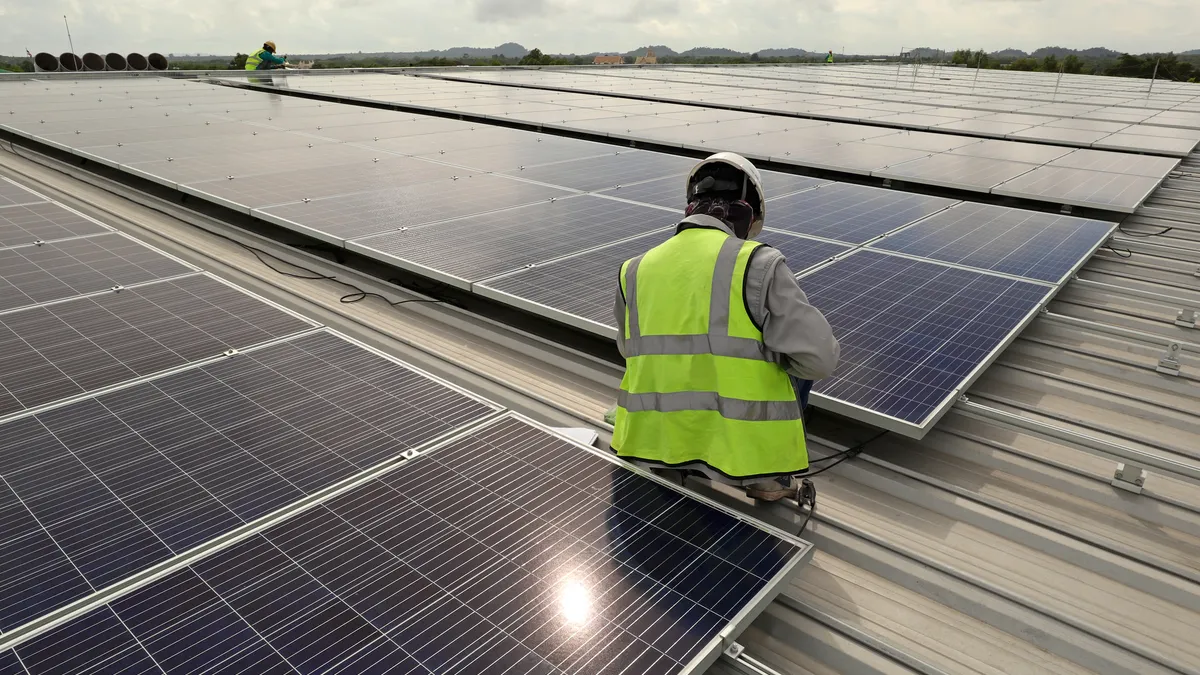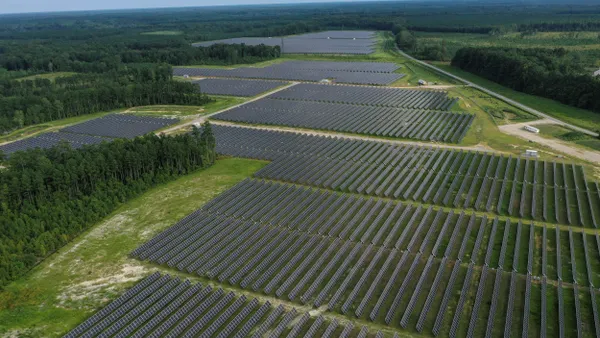Michael Backstrom is vice president, regulatory affairs, Southern California Edison.
Let’s set the record straight: Southern California Edison supports the growth of rooftop solar generation and our customers who adopt it. We want and need more solar. In fact, our most recent analysis, Countdown to 2045, calls for a doubling of rooftop solar, from about 15GW today to about 30GW in 2045, to meet California’s net-zero goal.
In California, energy companies buy power in a marketplace and pass the cost onto customers without markup. But rooftop power comes at a vastly inflated price. We believe customers should pay a fair, market-based price for solar-generated power.
As the California Public Utilities Commission decision about the Net Value Billing Tariff, or NVBT, nears, we’ve seen a biased, and no doubt, expensive, public relations campaign from solar companies that stand to profit unfairly at the expense of customers. The solar companies have taken aim at the CPUC and at proposals that create fairness in how much customers pay for electricity. The current proposal from the solar industry would have our customers pay eight times more for their power than what they would typically pay for the same green resources. This would hurt all customers, particularly low-income customers — precisely the group that community solar is meant to benefit.
As currently designed, NVBT compensation, like past compensation for rooftop solar on single-family residences, would increase costs for all customers, including people without solar, solely to the benefit of the solar companies.
SCE is committed to supporting customers’ clean energy choices and affordable access to renewable energy. We have been participating in developing and carrying out various renewable energy programs for customers, such as the Green Tariff Shared Renewables Program, the Disadvantaged Communities Green Tariff Program and the Community Solar Green Tariff Program. SCE has suggested improvements to these programs that we hope will increase participation while minimizing the costs to customers.
Specifically, we recommend expanding the locations where Disadvantaged Community Renewable projects can be located and automatically enrolling all eligible residential customers in these projects. Additionally, we propose continuing the 20% bill discount, which is a larger benefit to the customer and easier to understand and execute than the NVBT.
Last, it must be said: the days when solar growth demanded above-market-rate compensation are over. This scheme was put in place when solar was first getting started and needed extra incentives. Now, it is a thriving industry, no matter what you may hear otherwise. Whether for systems on single-family homes and multiunit buildings or in community settings, excessive compensation creates a significant economic burden for the very customers who can least afford it. It’s this unfairness to which we object.
Fairly compensated solar is a critical component of achieving California’s climate goals. We need all available tools in the toolbox to reduce the state’s greenhouse gas emissions, including solar power at a price that’s fair to all customers.














